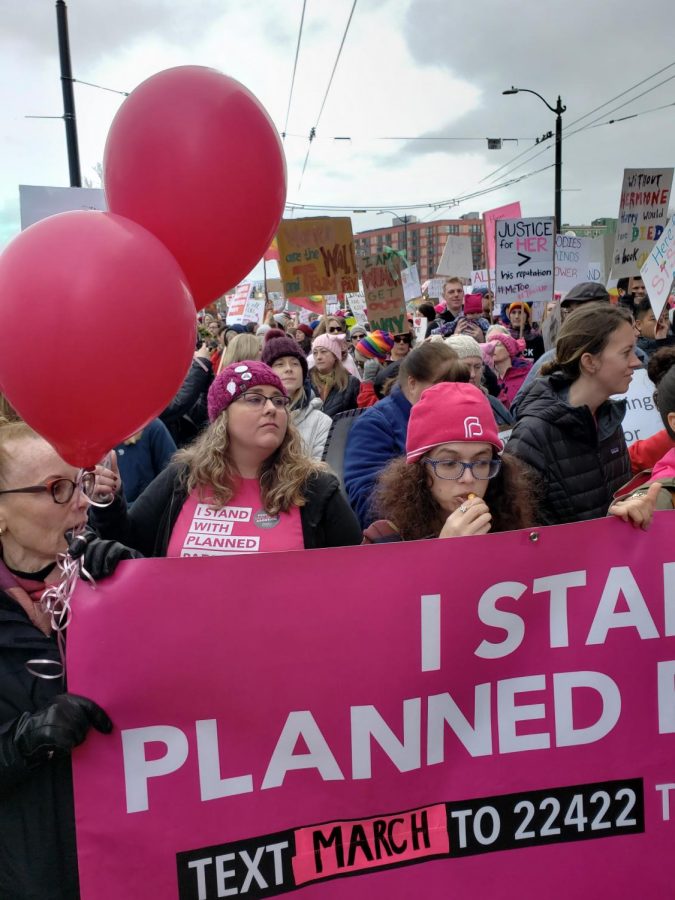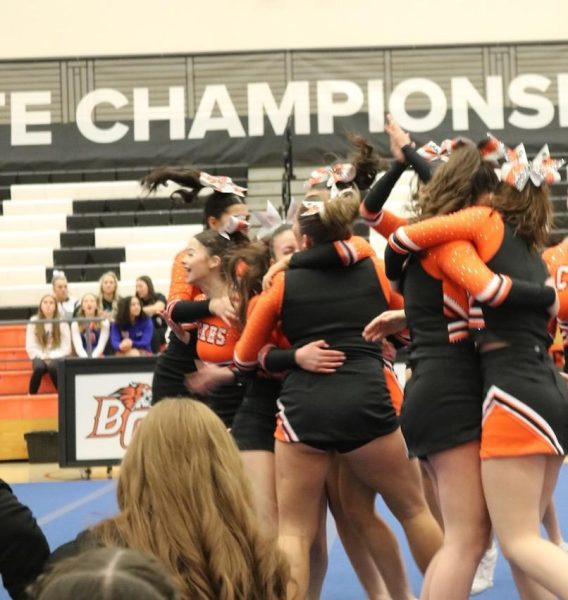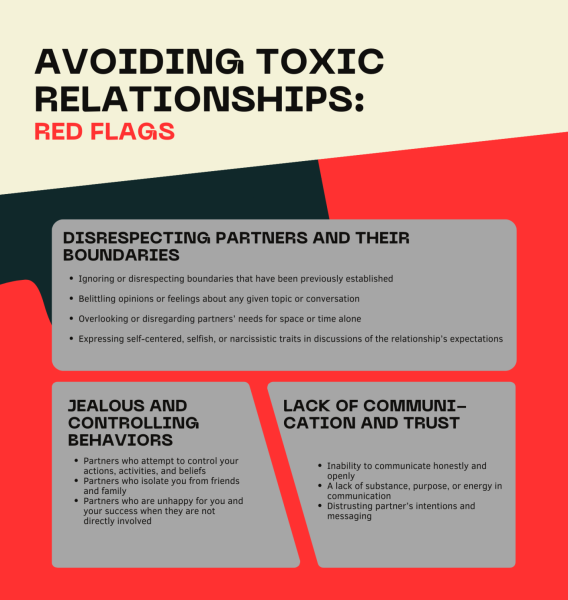The Journey Towards Equal Pay
National Equal Pay Day falls during Women’s History Month. Where are we on the journey towards equal pay?
The streets of Seattle are filled with people calling for equality during the 2019 Women’s March.
Equal pay between men and women has been a controversial topic, to say the least, both nationally and internationally. One’s basic position on equal pay between men and women in the workplace can be immediately telling of their character and moral values, especially if they do not support the idea of closing the gender and racial wage gap.
On average, the American woman makes 81.6 cents to every dollar a white man makes. Asian women make 97 cents, white women make 80 cents, Black women make 66 cents, and Hispanic women make 58 cents – all of these in comparison to a white man’s dollar.
It is even proven that women make less than men in 18/20 of the most common occupations for women, and they earn less than their male counterparts in all of the most common occupations for men. According to the Institute for Women’s Policy Research, more than 5 times as many women as men work in occupations with poverty level wages.
In topics of conversation surrounding inter-sectional feminism and women empowerment, I am often confused when others do not understand why women grow up and live through child and adulthood believing they are inferior to men. Society ingrains into children’s minds that femininity automatically equates to weakness, that female knowledge and capabilities are worthless, and that their expertise is not as valuable as men’s.
Girls develop this type of internalized misogyny when they grow up with these ideals and when they see their own mothers, aunts, sisters, cousins, friends and neighbors struggle to bring home the same as their male counterparts.
While fights against sexism and misogyny, and fights to prevent internalized misogyny from developing within children’s minds, have been occurring since the start of civilizations and republics, the female empowerment movement gains momentum and popularity as years progress.
The Women’s Strike For Equality stirred the movement: in 1970, organizers and feminists – Betty Jameson Armistead and Betty Friedan – planned the biggest protest on women’s behalf of that time. It campaigned for second-wave feminist ideals, including free abortion on demand, free childcare, and equal opportunity in the workforce. Despite an equal pay legislature that had passed in 1963 outlawing pay differences within the same job, women were still only making 53 cents to every dollar on average.
50,000 protesters showed up in New York City around 5 p.m., allowing working women to participate, for this strike and many more national protests.
While they were met with backlash, including the city of New York denying them the closure of Fifth Avenue for the protest (though the protesters ignored this and continued to walk through Fifth Avenue, effectively extending rush hour), the protests were deemed successful in their own right and ultimately set the stage for modern protests for equal pay.
One of the most recognizable fights for equal pay today is the United States Women’s National Team’s (the USWNT) efforts and legal journey for equal pay to their male counterparts.
In 2019, the 28 members of the USWNT filed a lawsuit against U.S. Soccer over “institutionalized gender discrimination.” The lawsuit also stated “despite the fact that these female and male players are called upon to perform the same job responsibilities on their teams and participate in international competitions for their single common employer, the USSF [United States Soccer Federation], the female players have been consistently paid less money than their male counterparts. This is true even though their performance has been superior to that of the male players — with the female players, in contrast to male players, becoming world champions.”
Christen Press, a USWNT forward, told AP that “we [the USWNT] believe it is our duty to be the role models that we’ve set out to be and fight to what we know we legally deserve.” Press hoped that this movement for equal pay and treatment inspires women everywhere to hold their employers and workplaces accountable to moral and financial standards.
Data included in the lawsuit proved that if women’s teams and men’s teams each played 20 friendlies, or games that would not affect the teams’ standings or rankings, the women would make less than the men even if they won every game and the men did not. The filing also noted that despite the USWNT creating more than $20 million in revenue for U.S. Soccer than the men, the women’s team are paid approximately 25% of what the men are paid.
So the typical question comes to mind: “Do they deserve to be paid equally to the men’s team?”
Put simply, the answer is yes.
The women’s team garners more money in revenue than the men’s team and are still paid less on the basis of their gender. The women have won four FIFA World Cups in the last 20 years, whereas the last time the men placed was in third at the 1930 World Cup. It is unquestionable that the USWNT is one of, if not the best, female soccer teams in the world. The USMNT [United States Men’s National Team] is somewhere in the middle: the USWNT has won 4 World Cups since 1999, whereas the USMNT has only made it to the semifinals once in 1930.
A common argument to this statement is that men’s soccer and women’s soccer are two entirely different competitions, or that the rest of the female soccer world is untalented while the rest of the men’s soccer world consists of icons and legends like Ronaldo, Messi and Neymar.
The first argument is true: men tend to flop when they are gently brushed to call for a penalty, while women quite literally break their head, staple it, and then return to play.
In all seriousness, yes – these two games are entirely different. However, the argument that the only reason the women seemingly perform better than the men because their competition is worse is entirely false – the female soccer world also consists of insanely talented icons and legends, like Marta of Brazil, Christine Sinclair of Canada, Samantha Kerr of Australia, and more. The teams aren’t half bad either, with creative teams like Brazil, technical teams like Japan or strong teams like the Netherlands vying for the US’s spot as the best in the world.
Moreover, the claim that women’s teams are worse and/or less entertaining in comparison to men’s can be disproven by looking at the revenues and viewerships each get. For example, the 2015 FIFA Women’s World Cup broke the record for most views of a televised soccer game in the US, gathering 25.4 million viewers. During the 2019 Women’s World Cup Final, 22% more people watched the game than the 2018 Men’s World Cup Final. This brings the question: if women’s games are less entertaining, competitive, or worse than men’s games, then why do they generate more popularity?
It simply doesn’t make sense. If the game is boring or bad, people don’t watch it. If it is entertaining and competitive, people do. Looking at the statistics, it is easily visible that the US women’s game is more world renowned than the US men’s.
The fight for equal pay is nowhere near over, both in the workplace and on the field. In fact, the only time it will be over is when women receive equal pay and the discrimination and bias in the workplace comes to an end.
The intensity of sexism, while unsurprising, is always affronting; despite how it may seem – society will change, most likely slowly, nevertheless surely, and our future holds the potential of a more equitable world.













